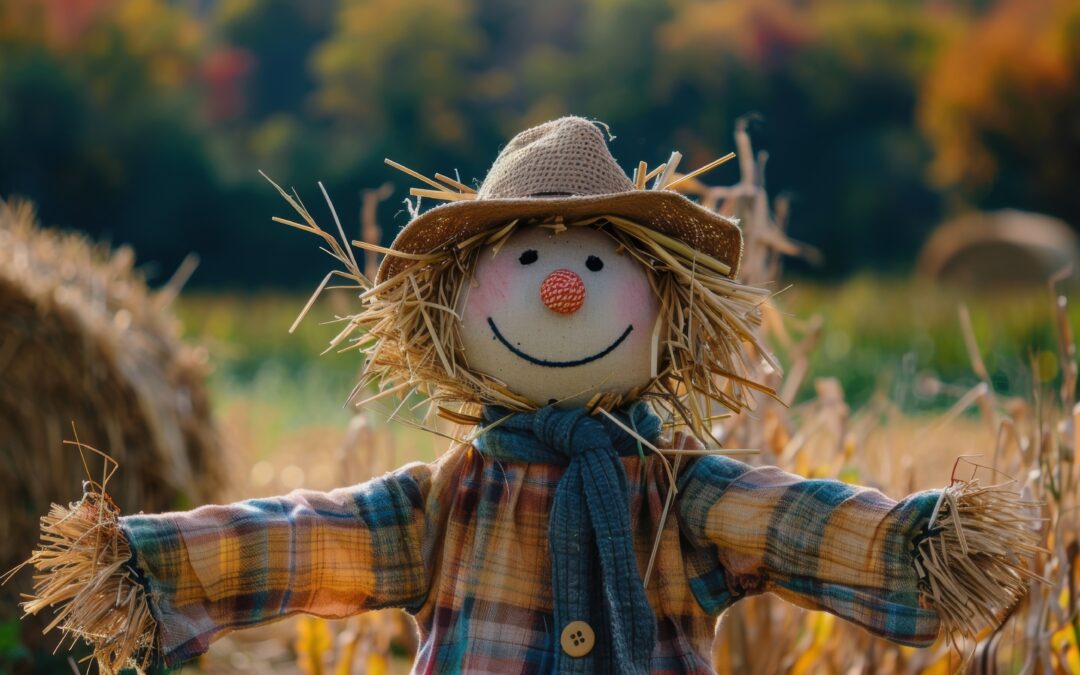Scarecrows have been used for thousands of years, with their origins tracing back to ancient Egypt. Egyptian farmers placed wooden figures in their wheat fields along the Nile River to ward off flocks of quail that threatened to devour their crops. This early solution to protect harvests highlights just how long humans have been finding inventive ways to keep animals away from their food sources. The use of scarecrows in agriculture spread from culture to culture, adapting to local needs and customs.
In ancient Japan, farmers created scarecrows known as “kakashi.” These figures were dressed in old clothing and often equipped with bows and arrows to frighten away birds and small animals from rice fields. The name “kakashi” means “something that smells bad,” as early kakashi were sometimes scented with materials like fish heads to deter animals with both sight and smell. This method reflected a practical approach to crop protection that was uniquely Japanese and contributed to the enduring tradition of scarecrows in Japanese farming.
As scarecrows made their way to Europe, they took on a different form, resembling human figures dressed in old, worn-out clothing. European farmers positioned scarecrows in fields to mimic human presence, hoping to trick birds and animals into keeping their distance. This approach was so effective that it became common across Europe, and scarecrows became a staple of rural landscapes. In North America, Indigenous peoples developed their own methods of protecting crops, using handmade dolls or mounted figures to deter animals, which served as an early form of the scarecrow before European settlers arrived.
Over the centuries, scarecrows evolved from purely functional figures to cultural symbols. In many places, they became associated with the harvest season, representing the hard work of farmers and the abundance of autumn. In modern times, scarecrows are no longer just tools for protecting crops; they have become an iconic symbol of fall and are featured as decorations in festivals, fairs, and Halloween displays. Communities even hold scarecrow-building contests and parades, celebrating these figures as a nostalgic emblem of agricultural heritage.
Today, scarecrows are cherished for both their practicality and their charm. They capture the spirit of the harvest and remind us of the resourcefulness of farmers throughout history. Whether standing in a field or decorating a front porch, scarecrows continue to be a timeless symbol of fall, representing protection, harvest, and tradition across cultures.


